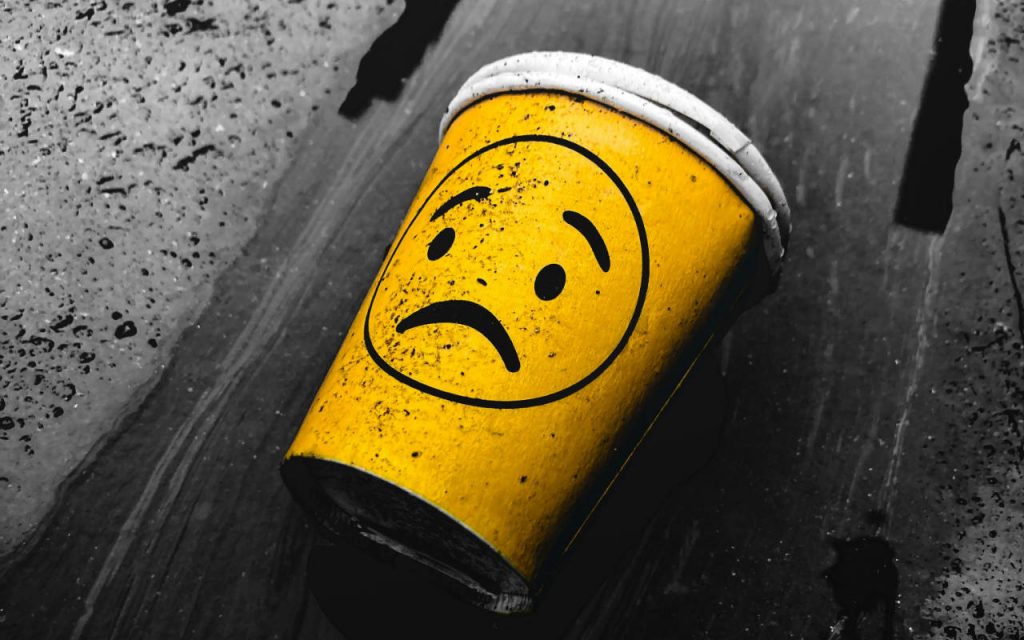There’s a great swindle going down in the corporate packaging world. So-called eco packaging is making claims it can’t back up. Plastic-free is nearly unanimously believed to be better than plastic-ful. But none of it is true. Because plastic-free is not a thing. As hard as you might try to eliminate plastic from your daily life, you cannot eliminate it from the process entirely.
Plastic use occurs in every single step before consumers get products. The brown paper-packaged bamboo toothbrush you got from the supermarket to do your bit? That likely came on a pallet wrapped in plastic. The organic food you got from the local greengrocer? That was almost certainly grown in a polythene grow bag to keep the crop safe and steady.
You simply cannot eliminate plastic from every part of production and logistics. And once you realise everything that plastic does to keep us alive – you wouldn’t want to.
But branding is a powerful thing, and plastic has a terrible brand image – because we as a species have abused it so heavy handedly. We’ve thrown the caution with which we should have wielded it to the wind. The plastic that litters beaches and streets is the price we pay for cheapening the most glorious packaging material ever invented.
And with branding being such a powerful thing, the eco packaging movement was perfectly positioned to fill in the ugly gap left by plastic’s bad image. The eco packaging movement has gained significant traction, with consumers hungry for alternatives to plastic packaging. But the reality is that these plastic alternatives are often worse for the planet. And plastic is used behind the scenes anyway – because it’s so deeply ingrained in the entire supply chain, and hidden from view.

Plastic packaging in the supply chain
Plastic usage begins long before products reach consumers, starting at the manufacturing and distribution stages. Products are commonly transported on pallets wrapped in plastic pallet wrap to secure and protect them during transit. And the only people who see this (besides the producers) are retail or logistics workers.
Food is grown in plastic. Buildings are made with it. It’s everywhere and we can’t stop it. But to quiet the nagging voices in the consumer consciousness about ruining the environment, brands have chosen to just hide it at the end of the process instead.
Hidden plastic
While consumers may be unaware of the plastic used in logistics, it plays a crucial role in ensuring product integrity and safety throughout the supply chain. But it’s also hidden in plain view. Paper coffee cups are lined with plastic – because if you’ve ever got paper wet with hot water, you’ll know how that ends!
In fact, a lot of paper packaging is lined with plastic, because plastic is a brilliant moisture barrier and paper is not. If that feels a bit like a scam – it’s because it is. It’s blatantly hiding plastic behind friendly-looking brown “natural” paper.
It’s greenwashing, plain and simple.
The greenwashing of biodegradable and plastic alternatives
Even today, many companies tout biodegradable or alternative packaging materials as eco-friendly solutions to traditional plastic packaging. But these claims often mask the reality: that these materials aren’t as sustainable as they seem.
Read more – Is Cardboard Really Better For The Environment Than Plastic?
Bioplastics seem like an amazing idea on paper. But they’re no better than the real thing, taking as long to degrade under normal landfill conditions as PE, and breaking down into the same microplastics in the ocean.
People have seen through the so-called alternatives. So what now? Do we just admit that there’s no solution? Well… maybe.
Moving forward, transparency and accountability on plastics matter most
True sustainability requires transparency and accountability throughout the supply chain. Instead of relying on greenwashing tactics, companies must now prioritise viable sustainability solutions – ones that address the root causes of plastic pollution.
Consumers have the right to know the full lifecycle of products – including their packaging.
Companies should strive for transparency in their packaging choices, providing clear information about the materials used and their environmental impact. And stakeholders across the supply chain, from manufacturers to retailers, must take responsibility for their environmental footprint and work towards reducing plastic waste.
Because while we can’t eliminate plastic, we certainly absolutely don’t have to waste it. There’s always life in the old dog yet, either as a building material or a fuel, or as reused and recycled material.
Consumers aren’t entirely to blame. And companies aren’t either. But long-term solutions to plastic pollution can only come from us all working together to make the situation better.
A better way to manage plastics
NPF Packaging creates custom blended packaging products – including recycled polythene bags. Get a quote now, or call us on 01773 820415 to start your order.


